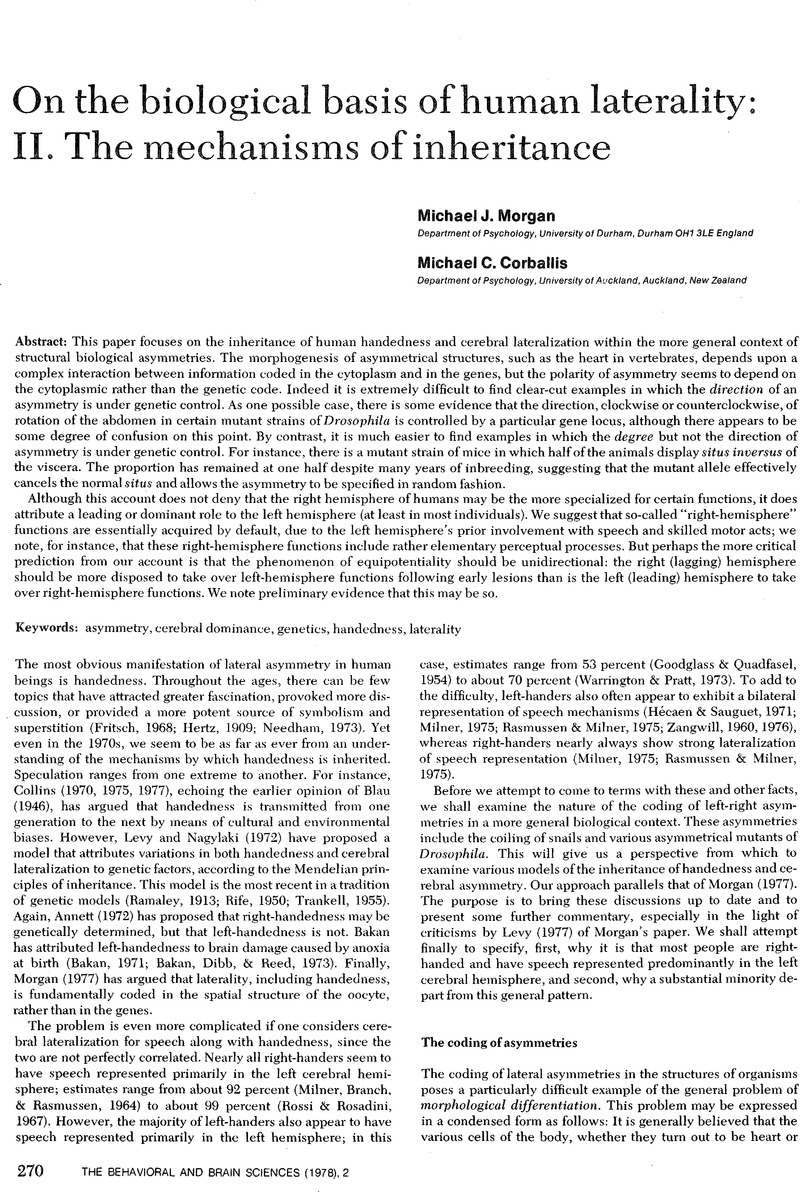Crossref Citations
This article has been cited by the following publications. This list is generated based on data provided by Crossref.
Kasinov, V. B.
1980.
The action of arginine, asparagine and atebrine stereomers upon the left and rightLemna minor plants.
Biologia Plantarum,
Vol. 22,
Issue. 5,
p.
321.
Torres-Dowdall, Julián
Rometsch, Sina J.
Kautt, Andreas F.
Aguilera, Gastón
and
Meyer, Axel
2020.
The direction of genital asymmetry is expressed stochastically in internally fertilizing anablepid fishes.
Proceedings of the Royal Society B: Biological Sciences,
Vol. 287,
Issue. 1930,
p.
20200969.


